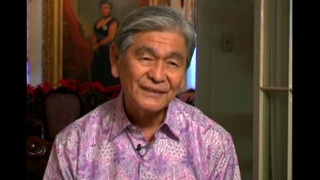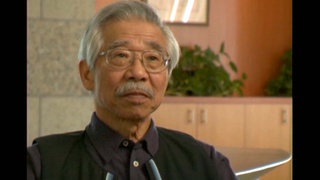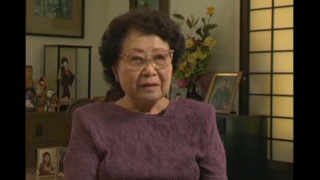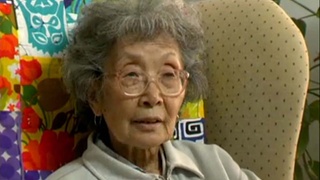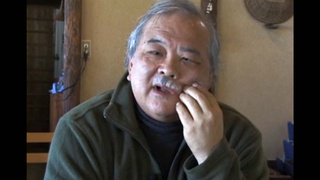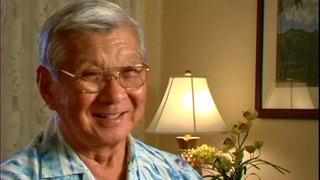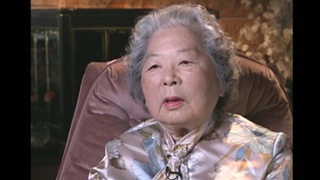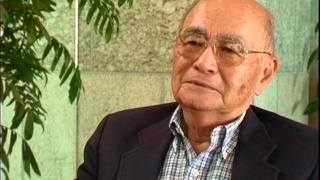Interviews
Learning About the Internment
So literally the first time that I ever knew anything about the internment was in my constitutional law class, my second year at Harvard, taught by Professor Lawrence Tribe. And I remember very distinctly the day that we talked about the internment cases. And in most law school casebooks they're put together, Korematsu and Hirabayashi, and it generally doesn't take more than one class session or not even that. It's part of the civil rights which focuses mostly on civil rights issues involving African Americans, but -- and also governmental powers. So I remember reading these cases and being struck with what seemed to me to be an obvious injustice and finding it hard to believe that the Supreme Court at that time in the 1940s...
We were also trained to, to feel that the members of the Supreme Court back then, people like William O. Douglas, Hugo Black, Frank Murphy, Harlan Stone, Felix Frankfurter, were great civil libertarians and civil rights defenders, and in many cases that was true. And so here you have an example of how they all in the first, in the Hirabayashi case, they all upheld the conviction on the ground of military necessity. And how could such liberal justices have done something like that?
Date: October 27, 2000
Location: Washington, US
Interviewer: Alice Ito, Lorraine Bannai
Contributed by: Denshō: The Japanese American Legacy Project.

